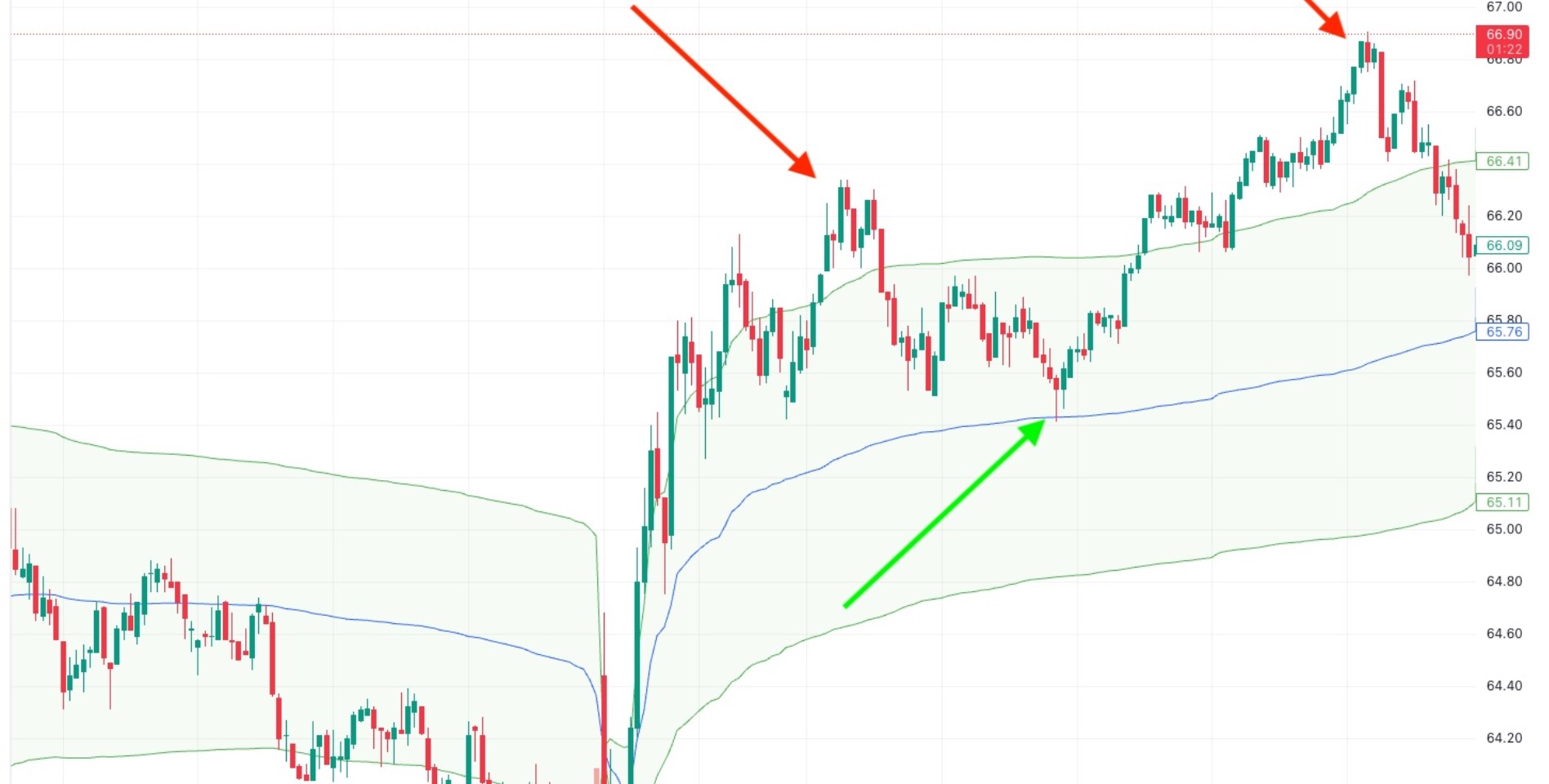In the fast-paced world of financial markets, making informed trade decisions is crucial for success. Traders and investors constantly seek ways to gain an edge in the market, and volume analysis proves to be a valuable tool in this pursuit. Understanding the volume of trading activity can provide valuable insights into market trends, liquidity, and potential price movements.
In this long-form article, we will delve deep into the concept of volume analysis for better trade decisions. We will explore various aspects of volume analysis, its significance in technical analysis, and how traders can leverage this knowledge to enhance their decision-making process. So, let’s embark on this journey of exploring the power of volume analysis.
Volume Analysis for Better Trade Decisions
Volume analysis is the study of trading activity and the number of shares or contracts exchanged within a specified time frame. It serves as a critical component of technical analysis and plays a significant role in forecasting price trends and identifying potential reversals.
Understanding Volume and its Importance
Volume acts as a barometer of market sentiment. When volume increases during price movements, it confirms the strength of the trend. On the other hand, low volume during significant price changes may indicate weak participation and could signal an impending trend reversal.
The Significance of Volume Analysis in Technical Analysis
Analyzing Volume Patterns
Volume analysis involves identifying various volume patterns, such as:
- Accumulation: High volume during a price decline followed by a price increase, indicating smart money accumulating positions.
- Distribution: High volume during a price rise followed by a price decline, suggesting smart money selling their holdings.
- Climax Volume: An extremely high or low volume compared to the average, indicating potential exhaustion of a trend.
- Breakout Confirmation: Volume surge confirming the validity of a price breakout from a consolidation phase.
By recognizing these patterns, traders can gain valuable insights into the underlying market sentiment and make more informed decisions.
Volume Indicators
Traders often use specific volume indicators to enhance their analysis:
- On-Balance Volume (OBV): A cumulative indicator that adds volume on up days and subtracts it on down days, helping identify divergences.
- Volume Weighted Average Price (VWAP): Calculated by summing the total volume traded multiplied by the price and dividing by the total volume, this indicator shows the average price traded for a given period.
Utilizing Volume Analysis in Trading Strategies
Utilizing volume analysis in trading strategies can provide traders with valuable insights and enhance their decision-making process. Here are some effective ways to leverage volume analysis in trading strategies:
- Volume Confirmation: One of the simplest ways to utilize volume analysis is by confirming price trends with increasing volume. When the price of an asset is rising or falling, it is essential to check if the corresponding volume is also increasing. Higher volume during a price uptrend or downtrend validates the strength of the trend, increasing the trader’s confidence in the trade.
- Divergence Analysis: Volume divergence occurs when the price of an asset is moving in one direction, while the volume is moving in the opposite direction. For example, if prices are rising, but the volume is decreasing, it may indicate a weakening trend. Similarly, if prices are falling, but the volume is increasing, it could suggest a potential trend reversal. Traders can use this information to identify possible entry and exit points in their trades.
- Breakout Trading: Volume analysis plays a crucial role in breakout trading strategies. Breakouts occur when an asset’s price moves beyond a significant level of support or resistance. Traders can confirm the validity of a breakout by looking for a surge in volume during the breakout. High volume during a breakout suggests strong market interest and increases the likelihood of a sustained price move.
- Volume and Price Reversals: Volume analysis can help traders identify potential trend reversals. A sudden increase in volume during a price decline followed by a price increase could signal a reversal to the upside. Conversely, a spike in volume during a price rise followed by a decline may indicate a potential reversal to the downside. Traders should be cautious and look for additional confirmation signals before making their trading decisions.
- Volume Patterns in Ranges: During periods of consolidation or range-bound trading, volume analysis can offer valuable insights. Low volume during a range suggests indecision among traders, while a sudden surge in volume within the range may signal an upcoming breakout.
- Volume and Stop Loss Placement: Traders can also use volume analysis to determine appropriate stop-loss levels. For example, if a trader enters a long position, they might place their stop-loss below a recent support level with high volume. This can help protect their capital in case the trade goes against them.
Common FAQs about Volume Analysis for Better Trade Decisions
- What is the significance of volume analysis in technical analysis? Volume analysis helps gauge market sentiment, validate price trends, and identify potential trend reversals.
- Can volume analysis be used in conjunction with other technical indicators? Yes, traders often combine volume analysis with other indicators to strengthen their trading strategies.
- How can volume analysis help in identifying trend exhaustion? Climax volume, which is an abnormally high or low volume, can indicate potential exhaustion of a trend.
- Is volume analysis only applicable to stock markets? No, volume analysis is widely used in various financial markets, including stocks, forex, and commodities.
- What are some popular volume indicators traders use? Traders commonly use indicators like On-Balance Volume (OBV) and Volume Weighted Average Price (VWAP).
- Can volume analysis predict future price movements with certainty? Volume analysis provides valuable insights, but it cannot guarantee precise price predictions.
Consequence
Volume analysis is a powerful tool that empowers traders to make better decisions by understanding market trends and interpreting trading activity. By recognizing volume patterns and incorporating volume indicators, traders can gain an edge in the market and improve their trading strategies. Remember that volume analysis is not a standalone solution, and it should be used in conjunction with other technical analysis tools for comprehensive market insights.

